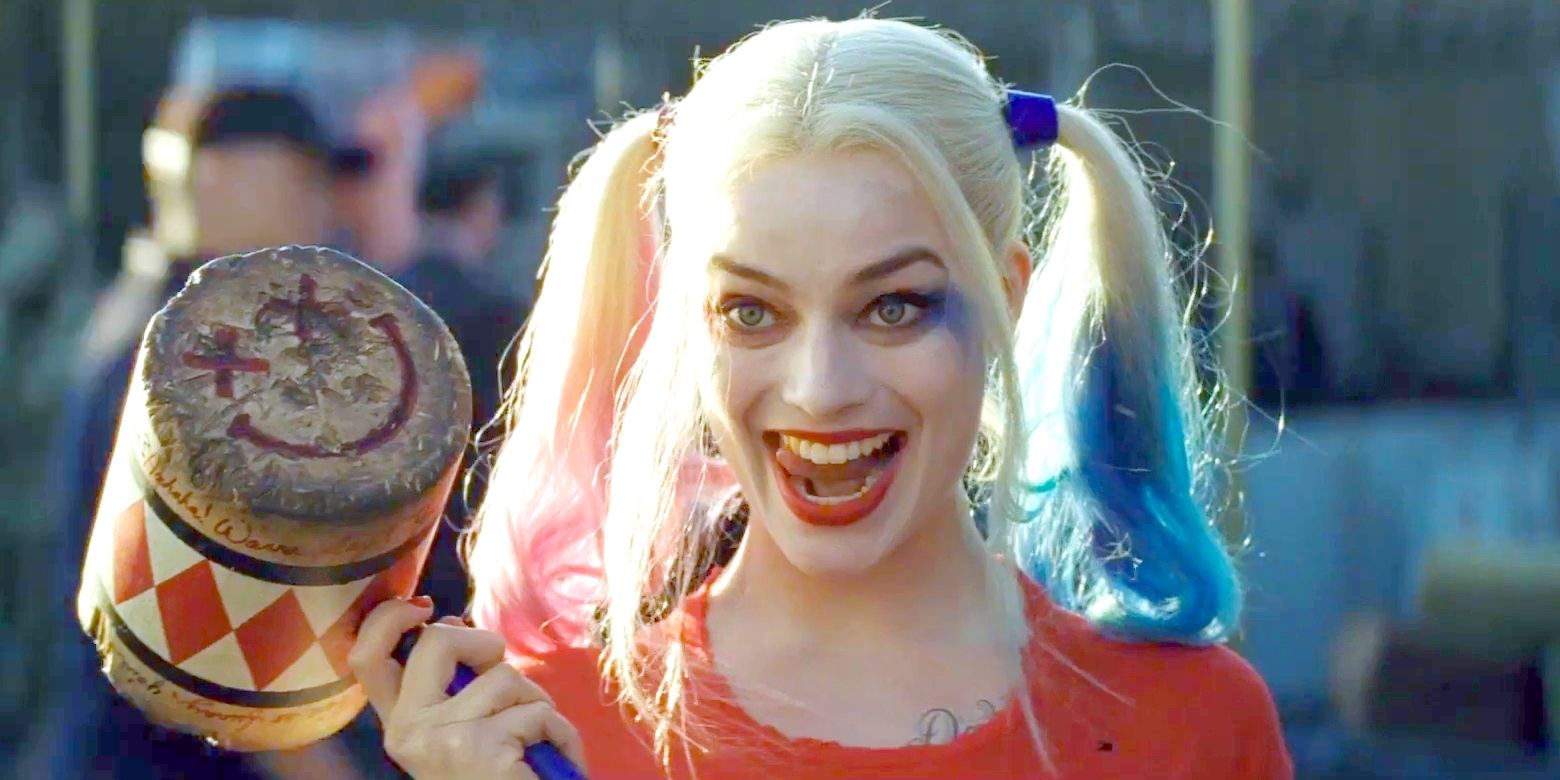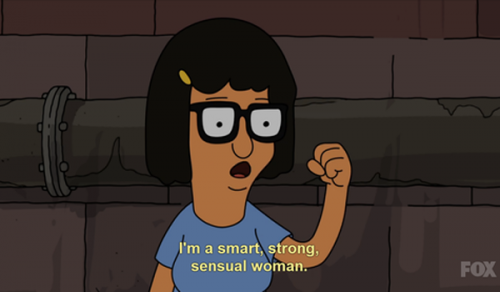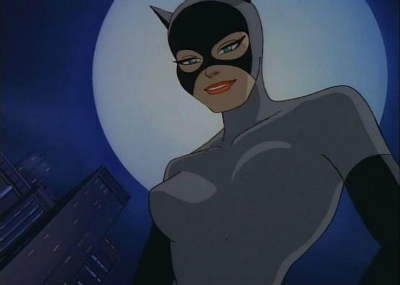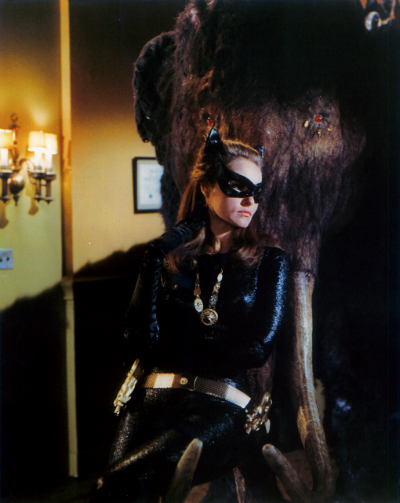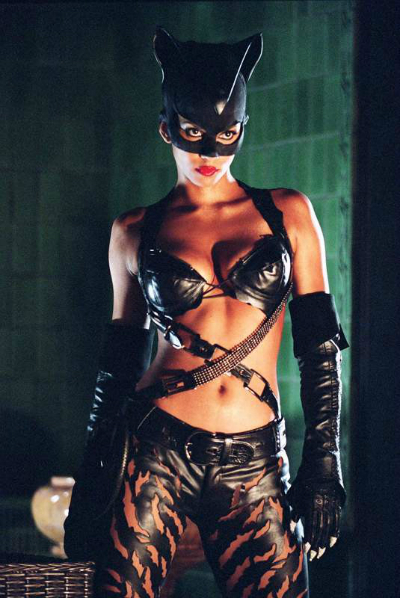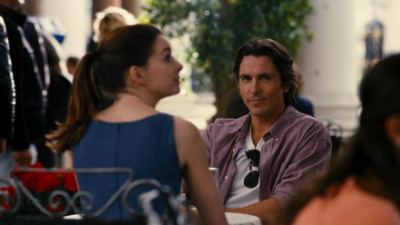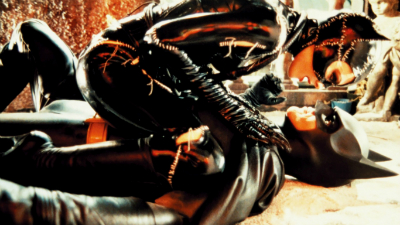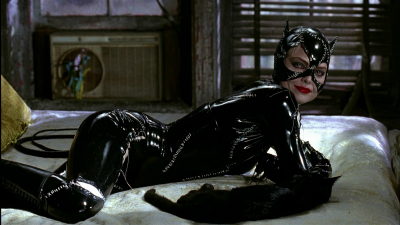
Written by Jackson Adler.
[TRIGGER WARNING: physical, emotional, and psychological domestic abuse]
Though long a star of television and comics, Harley Quinn is finally making her big screen debut. The Suicide Squad (2016) trailer premiered at San Diego Comic Con, and as stated on Episode #41 of geek podcast Take Back The Knight, co-host Tiffany and many others (including myself) are “loving seeing Harley Quinn on the big screen.” On VariantComics, she is accurately described as “one of the most loved characters in all of comic books.” Naturally, every incarnation of Harley is a bit different, such as Mia Sara’s Harley in the 2002’s live action Birds of Prey TV show being much more serious and mellow than how Harley is usually depicted, though still powerfully engaging.
Nevertheless, most incarnations tend to share certain attributes. Harley Quinn is a villain/anti-heroine who is funny, bold, resourceful, clever, adaptable, intelligent (as she was formerly a psychiatrist), and outgoing. She is a marginalized character as a bisexual and mentally ill woman who has often worked in male-dominated fields, whether in psychiatry or villainy. She takes this in stride, making silly faces and bad puns, and has a great time in whatever way she can. She is also a survivor of domestic psychological, emotional, and physical abuse from her on-again-off-again boyfriend, The Joker. Though often tied to The Joker, she is a villain/anti-heroine in her own right, and has succeeded even in outwitting Batman at times.
To ensure the psychological well-being of the actors in Suicide Squad, including Margot Robbie who plays Harley, a therapist was on set. Certainly, the abusive relationship between Harley and Joker will be explored in Suicide Squad, as it should be. Domestic abuse and abusive relationships need to be explored in our culture, especially if the fictional characters are shown to be complex human beings. While The Joker may be the extreme in every way, Harley is a complex character with whom many sympathize and adore.
I remember the first time I ever saw The Joker hit his girlfriend. It was on Batman: The Animated Series, for which Harley was first created by Paul Dini. I must have been around 5 years old. I don’t know which episode it was, as The Joker hurt Harley in a similar way in a number of them, but I remember my shock. The Joker hit Harley and leaned in and leered at her. She held up a protective hand in front of her and looked up at him with absolute terror. In that moment, The Joker was not the clown, was not the humorous villain poking fun at Batman’s stoicism. In that moment, The Joker was something else, something it hadn’t occurred to me that he, or anyone, could be. And he made Harley, who loved him with all her heart, who called him her “puddin,’” look at him like that. And he wanted her to look at him with that fear. In that moment, he did not want her love, but her absolute obedience. He wanted to terrorize her in order to make himself feel more powerful. He wanted his girlfriend, whom he made think he loved, to fear him and to feed his ego. Up until that moment, that first witnessing of this abuse, it had never occurred to me that a person could say or show that they loved someone in one moment, and then intentionally hurt them in another–that someone who said, showed, and even did love you could intentionally hurt you.
Terribly, the show and much other media featuring Harley victim-blame her, implying she’s too stupid and gullible, and putting all the onus on her to leave The Joker, while hardly offering her any resources to do so. However, the show did at least have the positive message that this sort of relationship is wrong. Domestic abuse needs to be addressed in our culture, and superhero/villain stories are just one way in which that can be done. Because I was introduced to the issue at such a young age, it had more time to sink in and settle in my mind and become real to me, something to be taken seriously. Romantic love had always been put on a pedestal around me – all the Disney movies celebrated it. It was “the happy ending” in so many stories. And yet, Harley Quinn was a remarkable character – clever, outgoing, funny, resourceful, silly, determined, and able to adapt to whatever situation was at hand.
Though in some incarnations, Harley’s relationship with The Joker is romanticized, similar to the abusive relationships in the Twilight Saga and Fifty Shades of Grey; many if not most of the ones I have come across contain the message that the abuse is wrong, not romantic. Besides, Harley, since her debut, has been so much more than just love-sick. And even if The Joker IS the love of her life, she has more to live for than love. Even in the victim-blaming Batman: The Animated Series, when she was out on her own, or teaming up with Poison Ivy, she shone. She was just as enjoyable, and even much more so, to watch when she wasn’t with The Joker. She didn’t NEED him in order to have a story worth telling. Yes, he was a part of her story, but her story was so much more than him.
Batman: The Animated Series and its spinoffs often showed Batman showing her sympathy, patience, and care. He understood that she was mentally ill, and was rarely rough with her. Though he still didn’t treat her perfectly, the hero of the series, through his behavior, still encouraged the audience who worshipped him to treat the traumatized and mentally ill, especially female survivors, with similar respect. Not that she should be reduced to victim-hood and seen as less complex, something that even Batman sometimes forgets (hence her ability to outwit him at times, due to his underestimation of her).
Suicide Squad will feature Harley’s origin and coming into her own, but hopefully there will be a sequel in which her character can more fully be explored independent of The Joker. Maybe her friendship/romance with Poison Ivy could also be explored in this possible sequel. Goodness knows that we need more Harley, even though she is White, skinny, blonde, and blue-eyed. On that note, goodness knows we need more characters like Harley – complex and female. And here’s hoping that Harley gets many more chances to shine.
